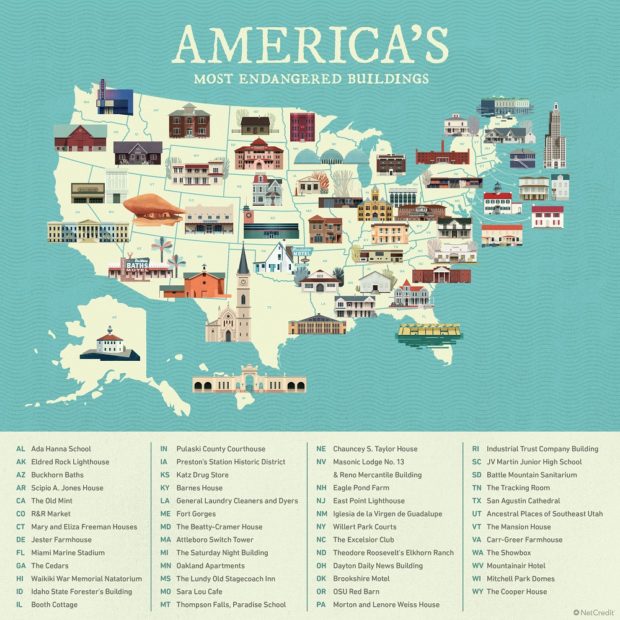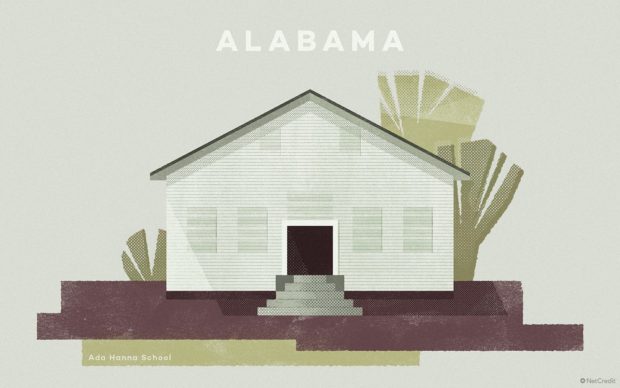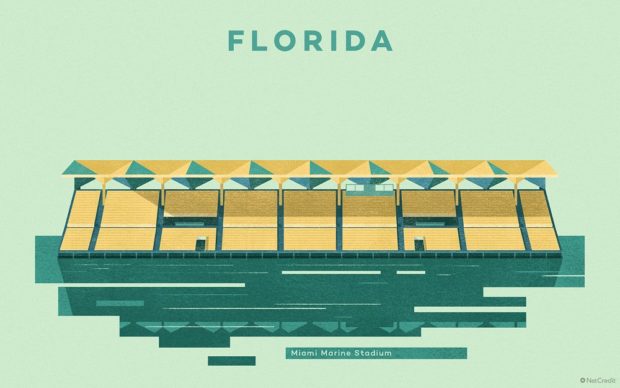For a young country, the United States of America sure has a lot of architectural history. Of course, it helps that the US is planted on top of land long-occupied by indigenous groups, who were often highly inventive in their building techniques and rich in the culture and mythology with which they endowed those buildings. But from native structures to early settler homes to the architectural avant-garde of the 20th century, a whole lot of America’s surviving buildings are pretty interesting to look at.
Unfortunately, the nation’s history of cultural acknowledgment and preservation is not so polished. Some of these historic buildings are under threat because in America, money usually wins the day – and land is valuable. Others have failed to gain protected status because the ethnic groups with whom they’re associated have been consistently undervalued and ignored.
Thankfully, the people over at NetCredit have highlighted a few endangered buildings that are under threat of destruction or collapse. In fact, they’ve found the most endangered building in every state. That means that wherever you are, you’re only a short trip away from what might be a once-in-a-lifetime opportunity to see a particular building of note before it turns to rubble.
Naturally, ‘A’ stands for Alabama, and for Ada Hanna School, the only surviving element of any African-American school in the county. Ada Hanna was built in 1965 following Alabama’s pledge to create a “separate but equal” segregated schooling system. To put this date in damning context, Alabama-born Lionel Richie was already sixteen at the time. Yes, this is living memory. While the building is of limited architectural interest, its historical worth is valuable to local African Americans, despite or because of the fact that the decrepit building has been targeted for arson attacks several times over the years.
Other endangered buildings have a broader, active social position. Colorado’s most endangered is the R&R Market in the state’s oldest town, St Luis. The market was opened in 1857 by a pioneer called Dario Gallegos, which makes it the longest-running business in town. Today there are apartments upstairs and a buzzing market downstairs. But Dario’s descendants, Felix and Claudia Romero, are thinking about retiring from running the joint, and the building requires urgent attention if it is to have a future without them.
Then there are some of the uniquely American structures that sprung up during the dizzy boom time of the 20th century. Miami Marine Stadium is one such American-dream-turned-sour. Built in 1963 as a multi-use waterside arena, the stadium is of both cultural and architectural note. It was designed by a Cuban named Hilario Candela who was just 27 years old at the time, and it reached a showy 326 feet at roof level. More notably, the roof was the longest cantilevered concrete structure in the world, designed – Mr Burns-like – to block out the sun (albeit to shelter audiences rather than boost sales of nuclear energy). Powerboat races, floating concerts, Miami as the center of the known universe… it all sounds very 1900s, and indeed the bubble soon burst. Five years ago, Gloria Estefan – a rare shining light from that awful century – figure-headed a campaign to restore the abandoned building, but the project fell through and today the stadium awaits another savior.
To learn about more buildings like these, and to see a set of charming illustrated tributes, head over to NetCredit and have a look! Which place are you planning to visit first?
The post An Illustrated Tribute to the most Endangered Building in Every US state appeared first on YourAmazingPlaces.com.






No comments:
Post a Comment